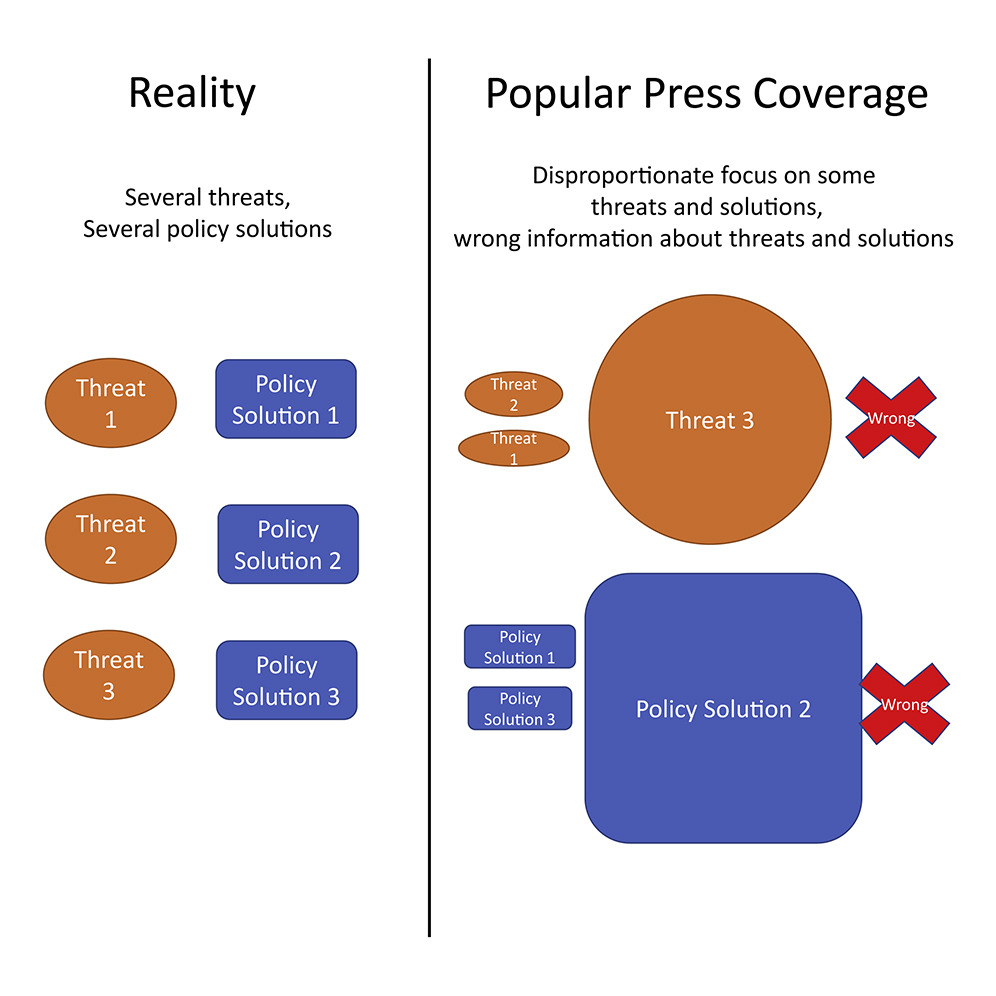To be socially accepted widely, the emerging circular bioeconomy needs to rely increasingly on residual bio-based feedstock and waste, hence reducing its dependency on crops which are in competition with agriculture/food markets. Food waste represents a valuable option as it allows for the production of a wide range of bio-based products ranging from biofuels to bioplastics. First successful experiences have shown that the involvement of stakeholders with different behaviours, values and backgrounds is a key enabler of the process.
Repair of injured skeletal muscle is a sophisticated process that uses immune, muscle, perivascular, and neural cells. In acute injury, the robust endogenous repair process can facilitate complete regeneration with little to no functional deficit. However, in severe injury, the damage is beyond the capacity for self-repair, often resulting in structural and functional deficits. Aside from the insufficiencies in muscle function, the aesthetic deficits can impact quality of life.
In 2016, the World Health Organization declared that ‘Health is one of the most effective markers of any city's successful sustainable development’ (World Health Organisation, 2016). With estimates that around 6.7 billion people will live in cities by 2050, 21st century city planning decisions will play a critical role in achieving the United Nations (UN) Sustainable Development Goals (SDGs). They will determine the city structure and access to health-enhancing (or health-damaging) urban environments, and ultimately lifestyle choices that impact both individual and planetary health.
Purpose and setting: Infrastructure is a global multi-trillion dollar market presenting many opportunities and risks for sustainable development. This article aims to foster better conceptualisation of the connections and tensions between infrastructure policy and public health in the light of the Sustainable Development Goals, especially ‘good health and wellbeing’ (number 3) and ‘industry, innovation and infrastructure’ (number 9), based on findings from interviews with a purposive sample of senior practicing Australian infrastructure policy makers.
Climate extremes are expected to become more commonplace and more severe, putting species and ecosystems at unprecedented risks. We recommend that rewilding programs can create conditions for ecosystems to endure and recover rapidly from climate extremes by incorporating ecosystem engineers of various body sizes and life forms.
Sharks are a taxon of significant conservation concern and associated public interest. The scientific community largely supports management policies focusing on sustainable fisheries exploitation of sharks, but many concerned members of the public and some environmental advocates believe that sustainable shark fisheries cannot and do not exist and therefore support total bans on all shark fisheries and/or trade in shark products.
Few public health interventions can match the immense achievements of immunization in terms of mortality and morbidity reduction. However, progress in reaching global coverage goals and achieving universal immunization coverage have stalled; with key stakeholders concerned about the accuracy of reported coverage figures. Incomplete and incorrect data has made it challenging to obtain an accurate overview of immunization coverage, particularly in low- and middle-income countries (LMIC). To date, only one literature review concerning immunization data quality exists.
The process industries have been facing ever increasing pressure in the monitoring and control of gaseous pollutants such as volatile organic compounds and hazardous air pollutants. With increasingly stringent regulations and laws, emission management may need to go beyond the traditional leak detection and repair and continuous emissions monitoring system approaches to manage potential emission events. Alternative monitoring technologies, such as optical and remote sensing instruments and wireless sensors, can monitor emissions from a specific equipment/area/unit/plant in a timely manner.
Bio-based aerogels with customizable porosities and functionalities constitute a significant potential for CO2 capture. Developing bio-based aerogels from different polysaccharides and proteins is a safe, economical, and environmentally sustainable approach. Polysaccharides are biodegradable, sustainable, renewable, and plentiful in nature. Because of these advantages, the use of bio-based aerogels with porosity and amine functionality has attracted considerable interest.



